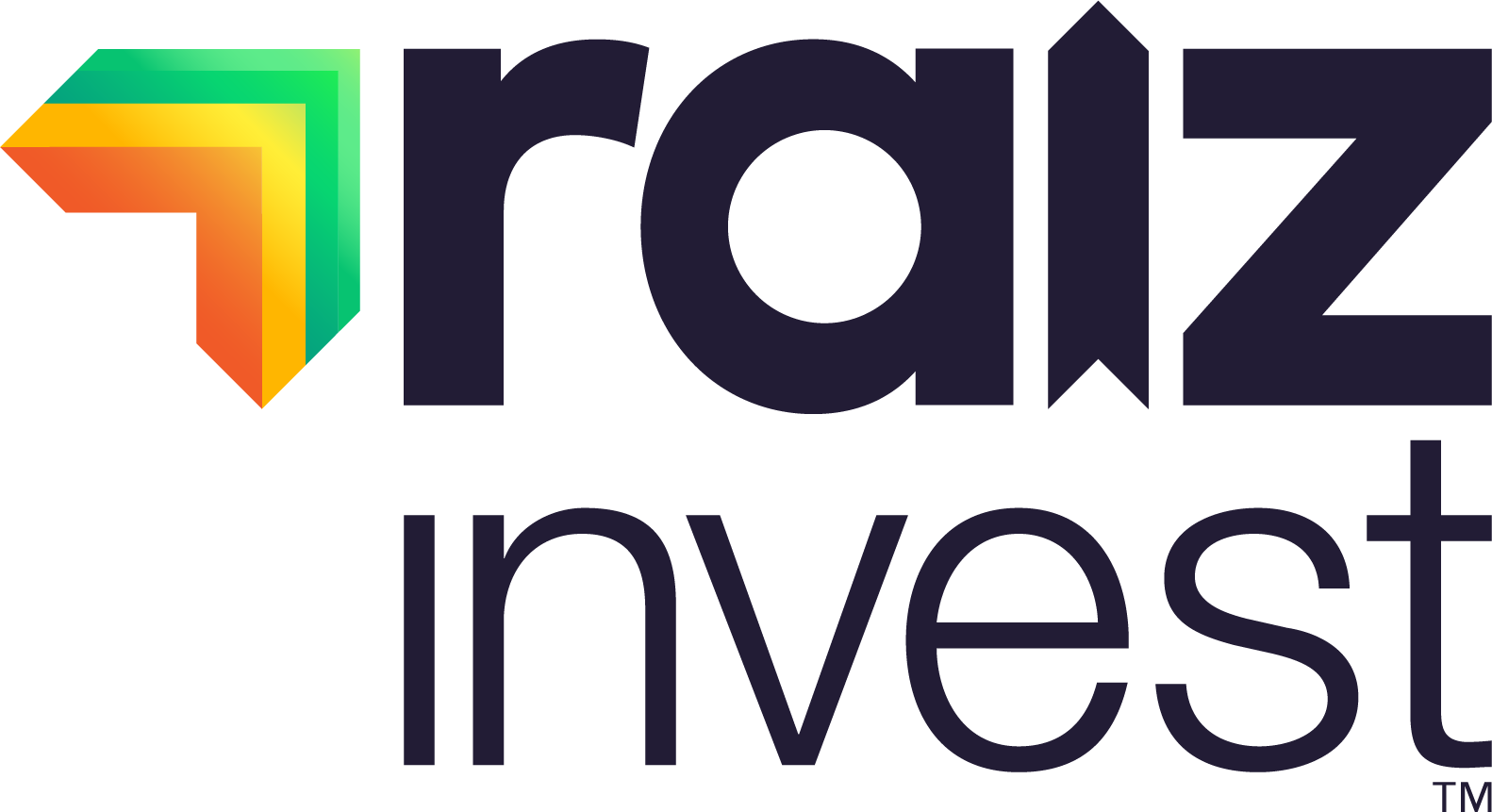Analogies to help understand investing

Investing can be intimidating for those who are new to it, including getting your head around the many concepts used when discussing financial markets.
But don’t worry — getting across the basics is much easier than it may first appear. Here are some super simple analogies that can help you get across some key investing terms.
A dog off a leash
One important financial concept to understand is the interplay between investors, stock prices and the fundamentals of a company. It can be tricky to figure out why share prices might fluctuate even though not much appears to have changed in relation to the company.
So, what’s going on here? Let’s think about these three elements like someone taking their dog for a walk at the park. We can liken the other people at the park to investors, the dog to the company’s share price and the dog owner to the company itself.
Naturally, if the dog gets off its leash, it’s likely to become the focus of attention as it runs around the park. Even so, the dog’s owner is ultimately in control. Similarly, while it’s tempting for investors to be concerned about fluctuations in the price of a stock, their focus should actually be on the company’s fundamentals in determining a course of investment.
Snowball effect
Compound interest is another concept that can be a bit of a brain buster. It’s usually explained as interest that’s calculated on the initial principal amount, including all of the accumulated interest of previous periods of a deposit or loan.
If you’re not keen on deciphering what that means, it might help to think about compound interest as being like a snowball rolling down a ski field — it builds and builds as it rolls.
Here’s how it works. Imagine you have $100 with annual interest of 10% compound interest. Your interest at the end of Year 1 will be $10 but the overall value is $110. The next year the interest will be $11 and you have $121 in your bank account. We can keep going:
End of Year 3: $121 + $12 = $133; $12 yearly interest earned
End of Year 4: $133 + $13 = $146; $13 yearly interest earned
End of Year 5: $146 + $15 = $161; $15 yearly interest earned
As you can see, with compound interest the total amount quickly gathers momentum, just like a snowball rolling down a hill.
Growing a plant
From the snow to the garden, when it comes to the concept of dollar cost averaging, it can be helpful to think about it like growing a plant.
An investment strategy, dollar cost averaging involves making regular investments over time, for instance $100 every month, regardless of market conditions. This strategy can be smart because the short-term moves of the market, which can be volatile, are less important using this strategy given it’s based on a regular investment plan.
Like the regular nourishment you need to give a plant to make it grow, consistent dollar cost averaging can be an effective way to make your investment reach its full potential.
Collecting seashells
Want to understand why comments by US President Donald Trump about, say, international trade can impact the stock market? It’s all about perception. And actually, although it may not seem it at first glance, it’s a bit like collecting seashells at the beach.
At the beach, there are shells of many different colours and there’s no reason that one type of shell should be more valued by beachgoers than other type. But what if everyone starts collecting purple shells, and no one considers the other colours?
In that case, the value of the purple shells is likely to go up, despite nothing intrinsically having changed about the shells themselves — it’s all about how they’re perceived. So, when it comes to the stock market, remember that moves in prices are often about market anticipation and perception, rather than changes in the underlying companies themselves.
Don’t have the Raiz App?
Important Information
The information on this website is general advice only. This means it does not take into account any person’s particular investment objectives, financial situation or investment needs. If you are an investor, you should consult your licensed adviser before acting on any information contained in this article to fully understand the benefits and risk associated with the product.
A Product Disclosure Statement for Raiz Invest and/or Raiz Invest Super are available on the Raiz Invest website and App. A person must read and consider the Product Disclosure Statement in deciding whether, or not, to acquire and continue to hold interests in the product. The risks of investing in this product are fully set out in the Product Disclosure Statement and include the risks that would ordinarily apply to investing.
The information may be based on assumptions or market conditions which change without notice. This could impact the accuracy of the information.
Under no circumstances is the information to be used by, or presented to, a person for the purposes of deciding about investing in Raiz Invest or Raiz Invest Super.
Past return performance of the Raiz products should not be relied on for making a decision to invest in a Raiz product and is not a good predictor of future performance.




